A family affair that exemplifies the indie spirit in all its innovative and unique glory, “Where the Devil Roams” is a visionary treat.
In the wide world of indie horror filmmaking, few stories are more inspiring than that of the Adams Family. Dad John Adams, mom Toby Poser, and daughters Lulu and Zelda Adams have been making films together mostly in and around their Catskills, NY, home base for over a decade, taking their artistic fate into their own hands when opportunities in the industry fell through.
While not all of their films have been horror, the family seems to have hit their stride in the genre in recent years, earning critical acclaim and approval of horror nerds for films like 2019’s The Deeper You Dig or 2022’s Hellbender.
And because apparently being a filmmaking family isn’t cool enough, they also play in a band together, the similarly named H6LLB6ND6R.
Jeez, can we save a little bit of coolness for the rest of us, maybe?
Anyway, their latest effort is called Where the Devil Roams, which recently picked up on streaming as a Tubi Original.
This is my first Adams Family joint, so I can’t say how it relates to the rest of their filmography. However, if this latest film is indicative of their filmmaking prowess, count me as a new fan.
Where the Devil Roams is a compelling, unconventional, often starkly beautiful tale of a family dabbling with the heart of darkness.
Set during the Great Depression, Where the Devil Roams follows a family of sideshow performers: Seven (John Adams), Maggie (Poser), and their mute daughter Eve (Zelda Adams).
Their act, which seems to consist of Eve singing as Seven and Maggie doing some light chores in the background, isn’t very popular; then again, it’s not easy to compete with a guy like Mr. Tipps (Sam Rodd), who can snip off his own fingers and reattach them.
That particular parlor trick comes courtesy of a mysterious heart in his possession, poked through with a needle and thread that can revive dead flesh when combined with a spell.
And really, the sideshow act is mostly a cover for the family’s main gig, which is murdering the selfish and the greedy across the heartland.
When a home invasion goes bad, Eve steals the cursed heart, hoping to sew her world back together. But not being able to say the spell causes some unforeseen complications, even as their act finally picks up some steam.
Where the Devil Roams is very much an indie film, with a peculiar rhythm and tone that likely wouldn’t survive the studio process.
Beautifully shot in shades of stark gray and brown, it swirls together grimy brutality with an almost childlike sense of whimsy, and the central family manages to be charming even when covered in the blood of their victims.
Poser, in particular, gives Maggie a sense of innocent wholesomeness that belies her violent tendencies.
There’s a sense of connection between the family that, at times, makes the film feel like a bone-dry Depression-set Devil’s Rejects, another tale of a traveling family of murderers.
Their murderous ideology isn’t fully fleshed out; there seems to be a throughline of targeting corrupt and greedy officials, but they’re just as likely to take a life out of opportunity than principle.
Similarly, when it comes to the film’s magical elements, the Adamses give us just enough information to orient ourselves while keeping the true nature largely unknowable.
We get to see a little of Seven’s previous life as a combat medic in WWI, mostly to explain his catatonic reaction to the sight of blood, which is a pretty big hazard in his line of work, but we know little about this family or their history.
I’ve written recently about appreciating ambiguity in films, and I think the Adamses handle this well.
The film operates with its own kind of loopy dream logic, like a half-remembered legend passed around the campfire.
Where the Devil Roams presents a less polished, more primal look at our American past, populated by characters who either chose or were forced to carve out a life on the margins.
They pull off a neat trick with the cinematography: as the characters continue to degrade, so does the film, leached of what little color it has, the frames speckled with scratches, a black border closing in around them.
I’m still not really sure if it’s trying to say something about our present through the lens of the past or simply present its own uniquely American nightmare, but it’s a striking and memorable work all the same.
What resonates with me almost more than the film itself is the story behind it.
I’ve been contemplating a big move in my life, one that would take me away from the big city where I currently live, and I’ve been struggling with the idea of what that will mean for my own art-making.
Intellectually I know that great art can be made anywhere in the world, but I still struggle with the perception that it only “counts” in certain places, or with certain outside support.
Confining our major art scenes to just a handful of cities makes it feel like there’s only one “right” way to do it, at least if you want anyone to care beyond your own small circle.
So, to see a team like the Adams family making their films far from the lights of Hollywood, carving out their own niche in the indie world and being recognized for it, is very inspiring to me at this time in my life.
If you make what’s true to you and do it as well as you can, it really doesn’t matter where you are; if your work is as good as the Adams’s, people will find it.



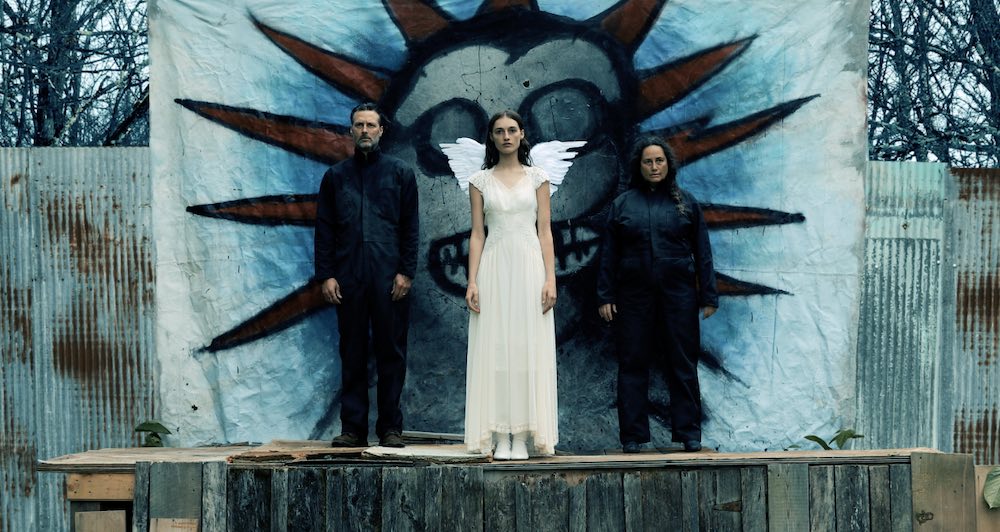
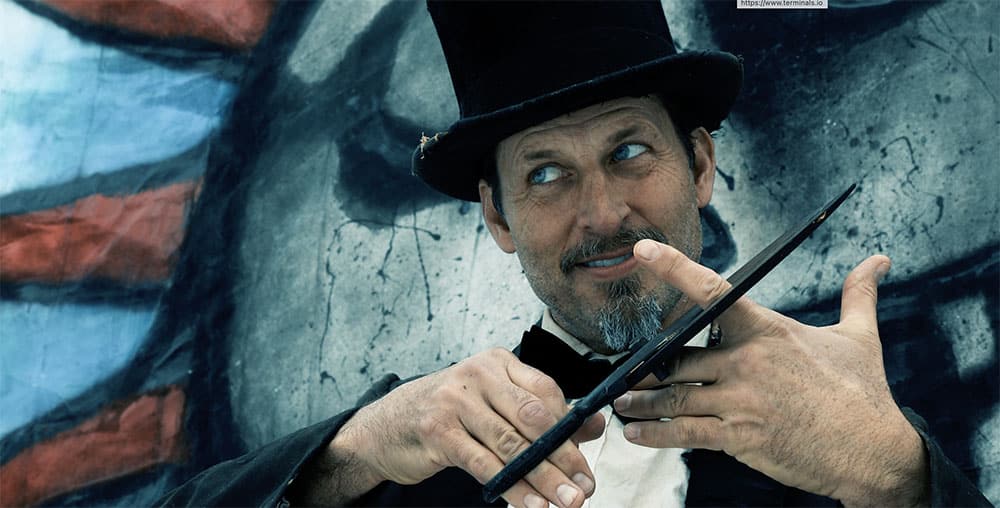
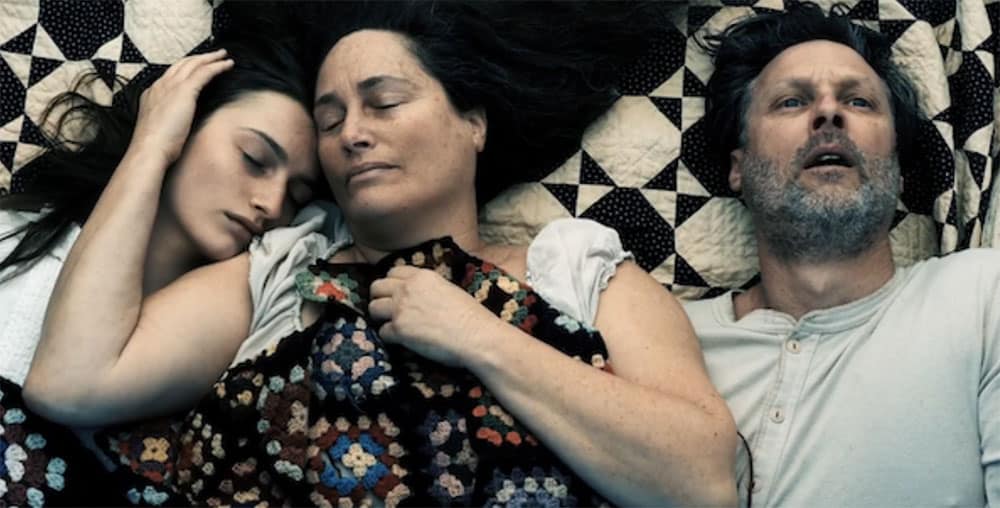

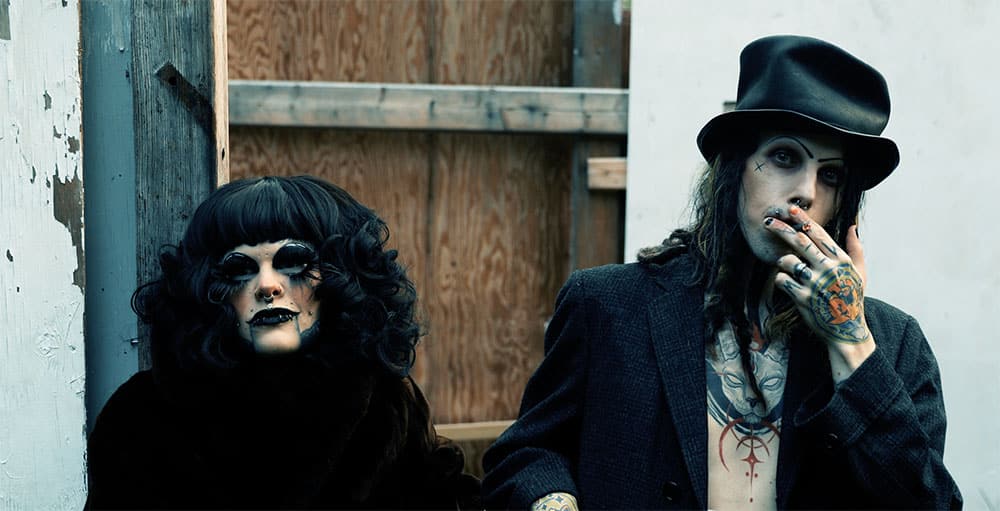


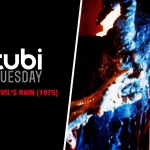



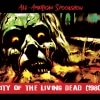



Follow Us!